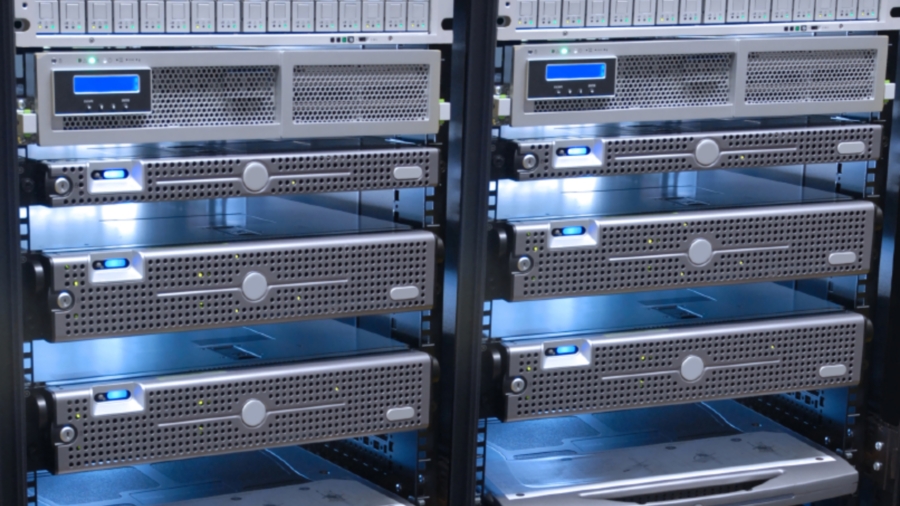The importance of processing power
Servers need sufficient power and memory to deal with new applications

Most businesses have an eye on what they can achieve with new IT applications, but they involve more users and more data, which raises a series of challenges that have to be addressed.
These challenges, and a potential solution, have been identified in a Server Watch paper from Dell and Intel.
The first challenge is to provide the applications without significant downtime or latency; the second to supply sufficient power and memory without an over-heavy investment; the third to scale up the infrastructure to handle the big increases in the volume of data.
Among the technology features that are important in dealing with the challenges are the ability to eliminate data bottlenecks, to support combining servers from different generations in the same pool, and encryption that does not hold back the performance of a system.
Other features, such as solid state drives and accelerators, can also increase performance. They enable administrators to get more out of workloads that carry out a lot of random reads – such as databases – by caching the frequently access data to a solid state disk and saving it until it is modified.
The paper highlights the potential of Dell's 12th generation of Power Edge servers and the Intel Xeon processor E5-2600 product family, which are made for virtual environments and include high levels of memory density, input/output flexibility and scalability, all of which are important in building a reliable infrastructure.
Such technology can be important in getting the best out of applications such as Microsoft Exchange and Sharepoint. It can also provide the processing power for complex workloads and support research and development that can give a business an edge in its market.
Sign up to the TechRadar Pro newsletter to get all the top news, opinion, features and guidance your business needs to succeed!
Making the right choices in server technology can be a big factor in ensuring that a business maintains the ability to compete effectively.